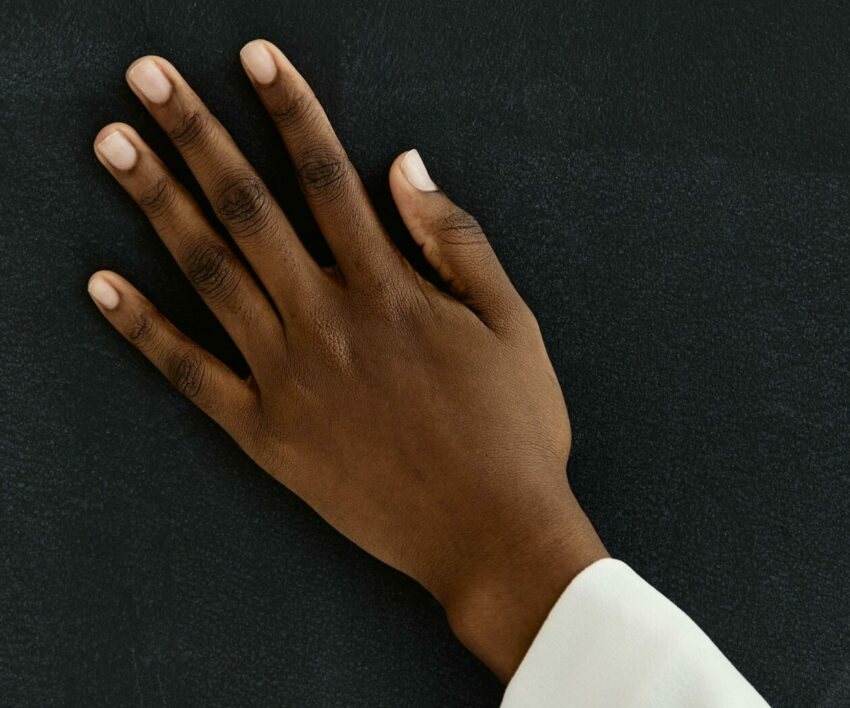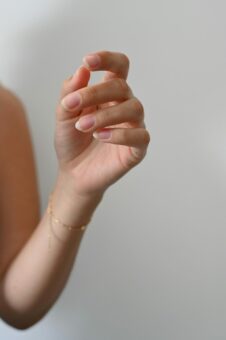
Acrylic nails are a popular choice, but what are the health risks involved with getting a new set of falsies? We’re looking at some of the health risks related to acrylic nails to figure this out.
Is it healthier to let your natural nails grow out? The answer might save you on your next visit to the beauty salon.
You’ll skip on chemical and UV exposure
Acrylic nails require the use of various chemicals such as methyl methacrylate (MMA) and ethyl methacrylate (EMA). These substances can cause allergic reactions, skin irritation, and respiratory issues when inhaled.
Beyond that, lamps used for acrylic and gel nails could potentially be dangerous to your health. Exposure to ultraviolet (UV) light required for setting certain nail polishes has been identified as a risk factor for cancer, although more research is needed, reports Healthline.
Growing your natural nails eliminates exposure to these potentially harmful chemicals and rays.
You’ll minimise nail damage
The application and removal of acrylic nails can severely damage your natural nails, especially if you are prone to picking at or pulling them off. Application and removal of acrylics require the use of harsh filing and strong acetone, which can thin and weaken the nails, making them prone to breakage and infections.
When natural nails are properly cared for, they are far less susceptible to damage. Regular moisturising, gentle filing, and avoiding harmful practices like biting or over-polishing can all work to keep your nails strong.
You’ll lower the risk of infection
Acrylic nails can create a breeding ground for bacteria and fungi if not properly maintained. The space between the acrylic and the natural nail can trap moisture, leading to infections.
Natural nails, on the other hand, allow for better air circulation and are easier to keep clean, and so, are less prone to infections that are tricky to get rid of.

You’ll save money
Maintaining acrylic nails can be expensive and time-consuming, requiring regular fills, repairs, and replacements.
Growing your natural nails involves minimal costs, mainly centred around basic nail care products like a good nail file, moisturiser, and cuticle oil.
You’ll be Earth kind
Acrylic nails contribute to plastic waste because they’re made from synthetic materials that are not biodegradable.
By opting for natural nails, you significantly reduce your contribution to plastic pollution. Many natural nail care products are eco-friendly, organic, and cruelty-free, which is a big plus.
Compiled by: Savanna Douglas
First published by Woman & home




